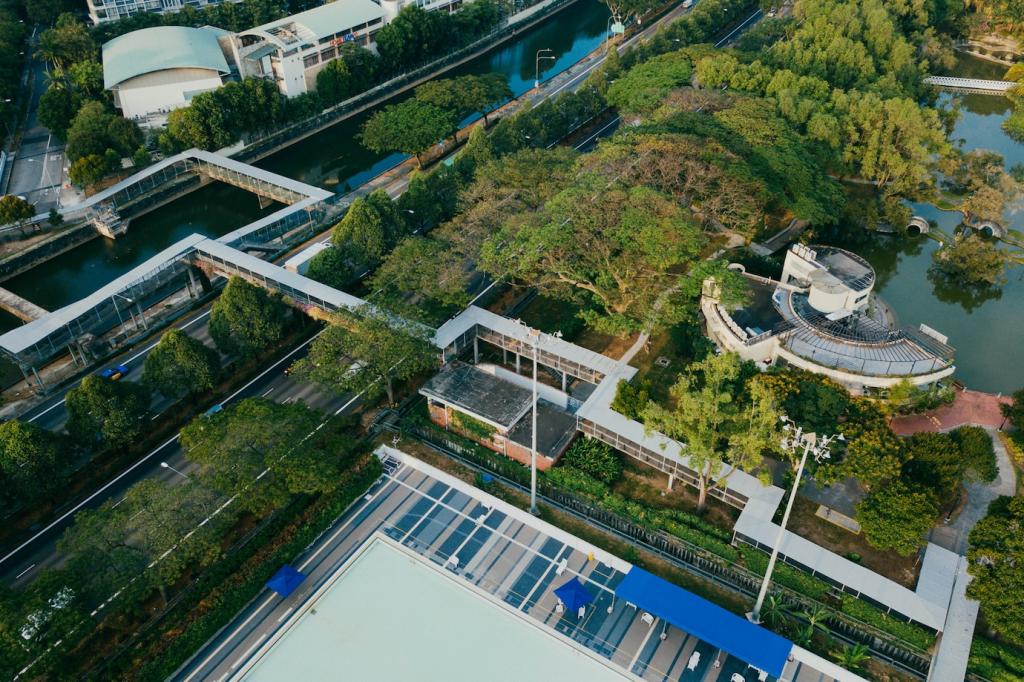
Green Technologies Revolutionizing Urban Design
Green technologies are profoundly reshaping the way cities are conceived, constructed, and experienced. Modern urban design now integrates sustainable practices and innovative solutions to address the pressing challenges of climate change, resource scarcity, and rapid urbanization. By leveraging cutting-edge technologies, urban planners and architects are transforming cityscapes into more livable, efficient, and environmentally friendly spaces. The fusion of technology with sustainability is guiding the future of urban environments towards resilience and well-being for both inhabitants and the planet.
Grid modernization plays a crucial role in the integration of renewable energy sources into urban infrastructure. Traditional power grids are being updated with advanced sensors, controls, and communication technologies, making it possible to seamlessly incorporate solar, wind, and other renewables. These improved grids can balance supply and demand more effectively and even allow for decentralized energy generation by city residents. The dynamic management of electricity flows not only stabilizes local energy systems but also reduces reliance on fossil fuels. Urban areas leveraging modernized grids benefit from enhanced reliability, fewer outages, and cleaner energy portfolios, positioning cities at the forefront of the sustainability movement.
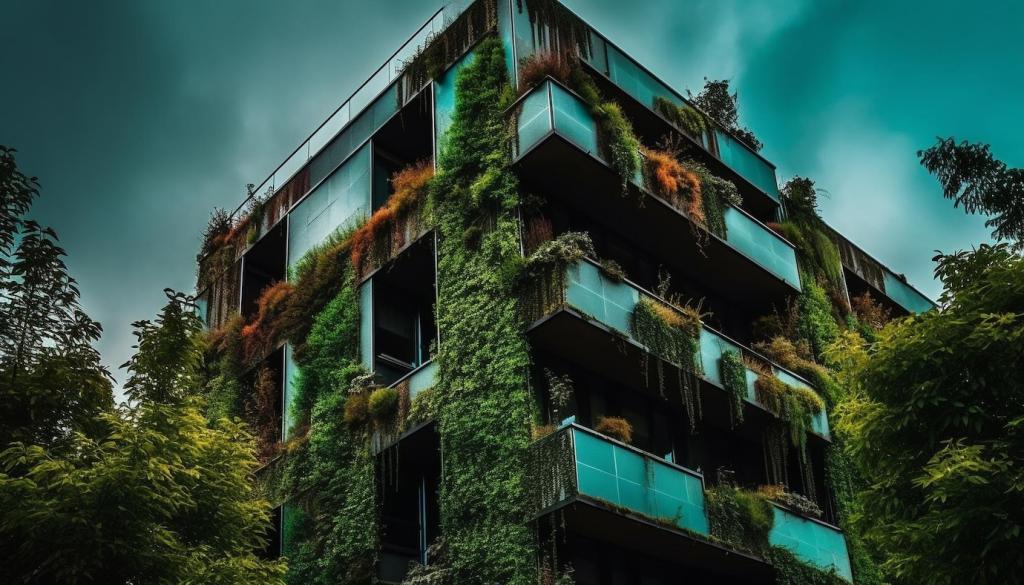
Electric and Autonomous Public Transit
Electric buses, trams, and trains are replacing older, polluting vehicles in many forward-thinking cities. Powered by clean electricity, these transit modes significantly decrease greenhouse gas emissions and urban air pollution. Combining electrification with autonomous technology enables smoother, more energy-efficient operations and improved passenger experiences. By integrating real-time data, these systems can respond dynamically to fluctuations in demand and traffic conditions. The result is a public transit network that is not only more sustainable but also more reliable, convenient, and appealing, encouraging greater use and reducing reliance on private cars.
Micro-Mobility and Shared Mobility Platforms
Urban landscapes are witnessing a surge in micro-mobility solutions such as electric scooters, bikes, and compact vehicles, often available through shared mobility platforms. These technologies offer flexible, last-mile connectivity options, complementing existing public transit and reducing the need for private automobile ownership. By replacing short car trips with zero-emission alternatives, cities reduce congestion and improve air quality while reclaiming public space previously dedicated to parking and roadways. Shared, app-based mobility services further democratize access to transportation, helping to create more equitable and inclusive urban environments.
Integrated Mobility Hubs and MaaS Systems
Mobility hubs combine various transport modes, such as trains, buses, electric car-sharing, and micro-mobility offerings, into centralized, accessible locations. These hubs, supported by Mobility-as-a-Service (MaaS) digital platforms, streamline trip planning, booking, and payment, providing seamless door-to-door journeys for city dwellers. By facilitating easy intermodal transfers, such systems reinforce the interconnectivity of the urban transport ecosystem, making sustainable mobility options more competitive and attractive compared to private vehicles. The integration of real-time information, fare capping, and sustainability metrics further encourages the adoption of greener travel habits across the urban population.
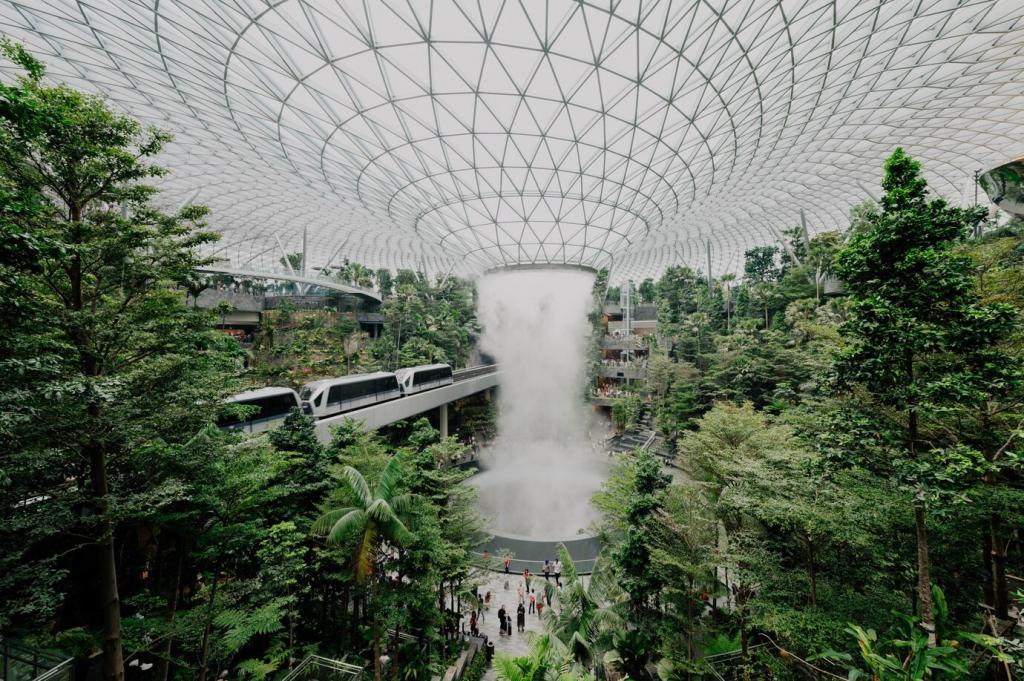
High-Performance Building Envelopes
Modern buildings now feature high-performance envelopes—combinations of advanced insulation, high-efficiency windows, and intelligent shading systems—that drastically reduce energy consumption. By minimizing thermal losses and controlling solar gain, these envelopes help maintain comfortable indoor environments with far less reliance on heating and cooling systems. Integrated sensor networks further optimize lighting and temperature based on occupancy and weather. The resulting reduction in operational energy demand translates directly to lower carbon emissions and operating costs, making high-performance envelopes a cornerstone of sustainable urban construction.
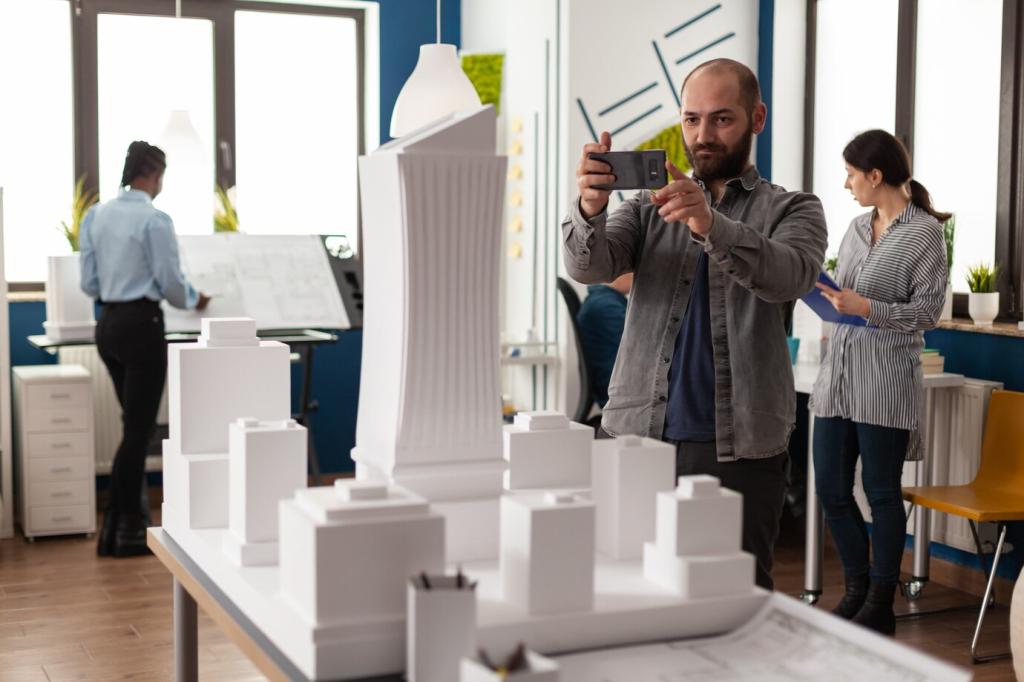
Green Roofs and Living Walls
Vegetative roofs and vertical gardens—also known as green roofs and living walls—support urban biodiversity and improve building performance. By providing natural insulation and cooling, they help regulate indoor temperatures, alleviate the urban heat island effect, and absorb rainwater, reducing the burden on city drainage systems. Additionally, these green features filter air pollutants and create inviting spaces for occupants, contributing to both environmental and mental well-being. As more developers and municipalities embrace greenery in building design, cities are transforming into healthier, more attractive places to live and work.
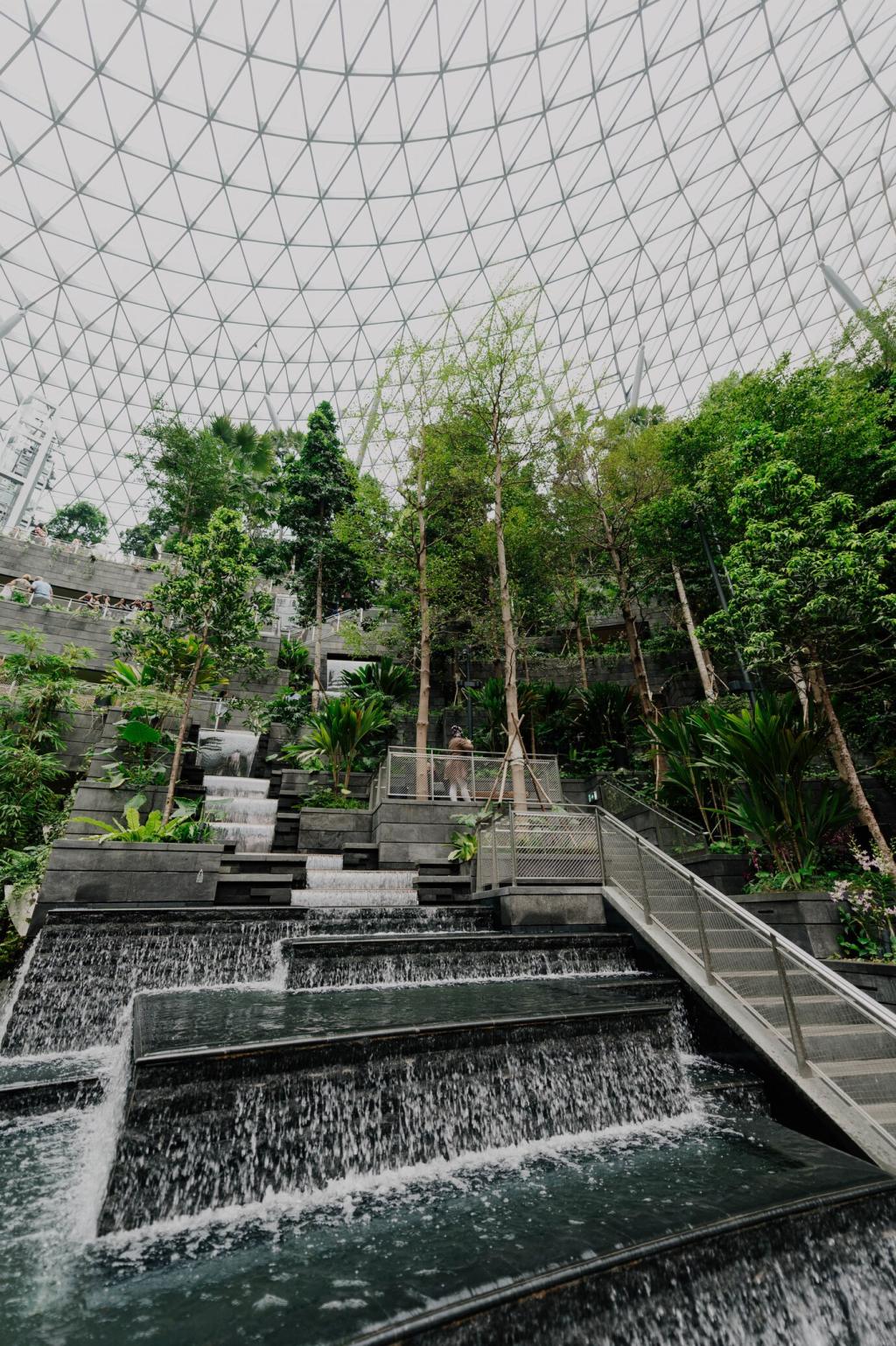
Sustainable, Low-Impact Building Materials
Builders and designers are increasingly turning to materials with lower environmental footprints, such as recycled steel, cross-laminated timber, and zero-VOC finishes. These materials offer durability and strength while minimizing impacts associated with extraction, processing, and transportation. Innovations in 3D printing and modular construction also enable waste reduction and greater efficiency, allowing buildings to be assembled with precision and speed. When sourced responsibly and used thoughtfully, such materials not only reduce a building’s embodied carbon but also improve indoor air quality and support circular economy goals in urban contexts.
